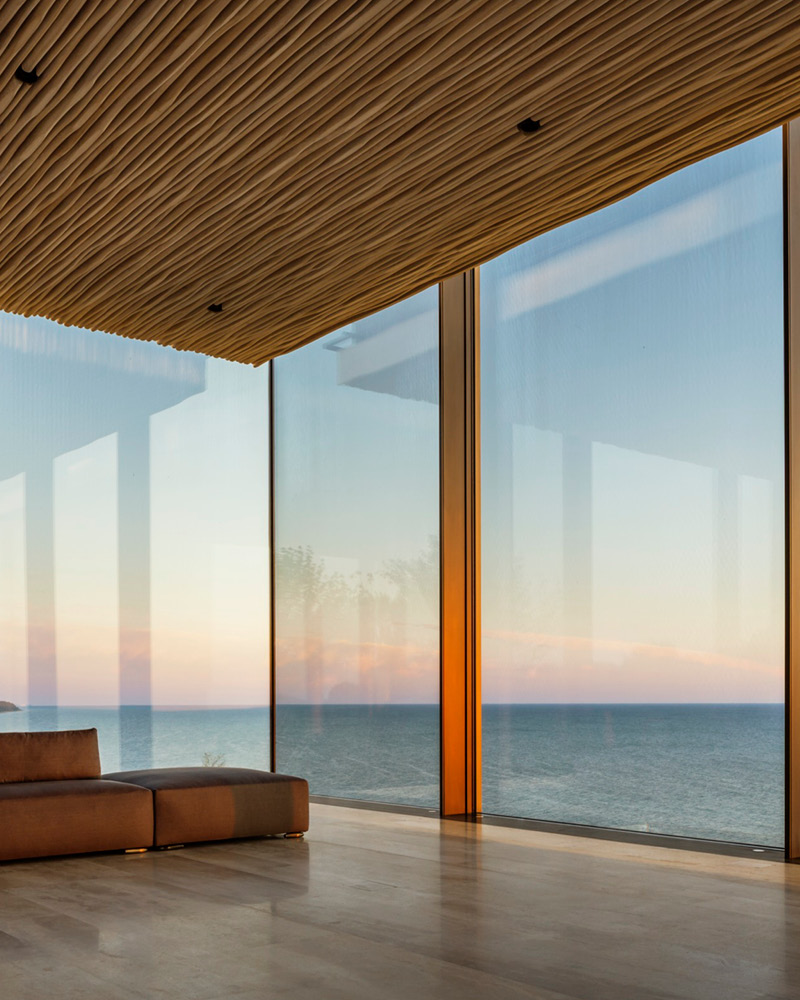Download this convenient one-pager regarding SDL Units.
AGNORA
Heat Soak Testing
Heat Soak Testing (HST): Should you or should you not specify this process as a glazier, architect, consultant, or designer? The type of glass, its application and your tolerance to risk are variables that must be considered. Read on to see why HST could make sense for your needs.
TAKE THIS PAGE WITH YOU.
Destructive testing, so you don’t have to pick up the pieces later.
Specification
Metric Measurement
Imperial Measurement
Thickness
Maximum Dimension
Heat Soak Standard
5mm to 25mm
7000mm x 3300mm
ISO 20657 Third party certified
3/16” to 1”
275” x 130”

The Reason Behind HST
THE EXPENSE
Once glass is installed, the cost of repair and replacement is dramatically more than the cost of the HST process. Additional fabrication and labour costs associated with the removal and re-installation of the problem unit will largely outweigh the small price of HST.
Application and glass type are also important considerations. In projects involving large lites, custom IGUs, or laminated glass which have tempered elements HST makes sense. The cost of performing HST is relatively low and factors into roughly just 3% of the overall price of the unit, dependent on size and the overall volume of the order.
An Insurance Policy
Changing the way we think about HST
A hedge against spontaneous glass breakage in architectural glass.
Like any insurance policy, the likelihood of making a claim is slim, but it is immensely helpful when things do go wrong. Protecting yourself against this downside can be achieved through specifying HST, although not guaranteed. It is a cost-effective and sensible choice against costly repairs and lost revenue.

WHY Does Spontaneous Breakage Occur?
Spontaneous breakage of tempered glass is the result of Nickel Sulfide (NiS) expansion. NiS inclusions are small particles that are formed in the manufacturing process of glass from the firing agent and surrounding metallic surfaces. An estimated 1 square metre for every 10,000 square metres of glass produced contains an inclusion sizable enough to cause failure.*
These inclusions undergo contraction in the tempering process resulting in an unstable, smaller structure. Over time, the NiS inclusions will expand back to their original state, exerting immense force on the glass and eventually causing breakage.
The HST process allows NiS inclusions that may be in the tempered glass to expand back to their original size in the safety of a chamber. AGNORA uses the newest ISO 20657 standard (replacing EN14179-1:2005) which aims to react all forms (there are many) of NiS within a tempered lite.
*GCF estimation
The Prevelance of NiS Inclusions
In 2016, the estimated worldwide production of glass totalled 9.2 billion square metres.* Using the 1/10,000 square metre estimation, this production volume results in 1 million square metres (920,000 to be exact) of glass that potentially contains problematic NiS inclusions.
This is for one year alone. Multiply this over many years with increasing glass volume, and cumulatively, NiS is everywhere.
Granted, many lites are not tempered and NiS is NOT guaranteed to cause an issue, but this illustration is meant to show the pervasiveness of NiS worldwide.
*Glass Canada, 2018, Report on GPD 2018